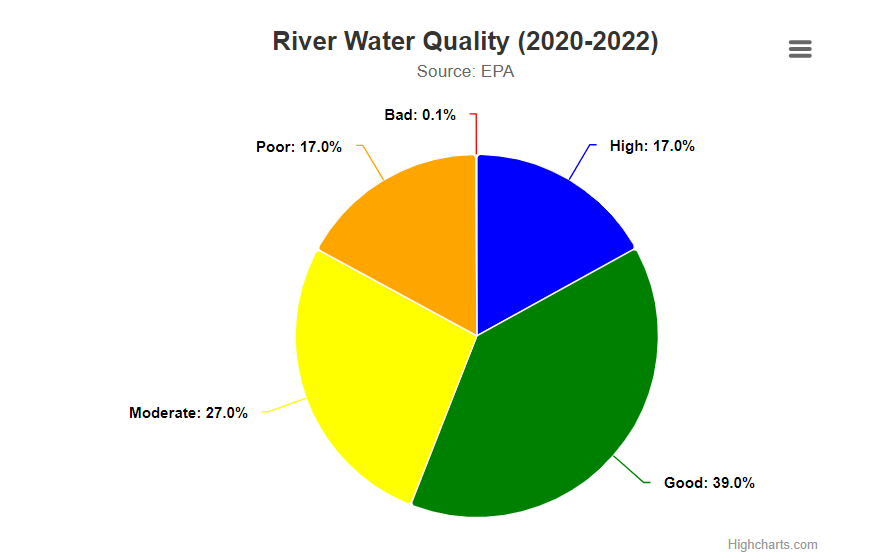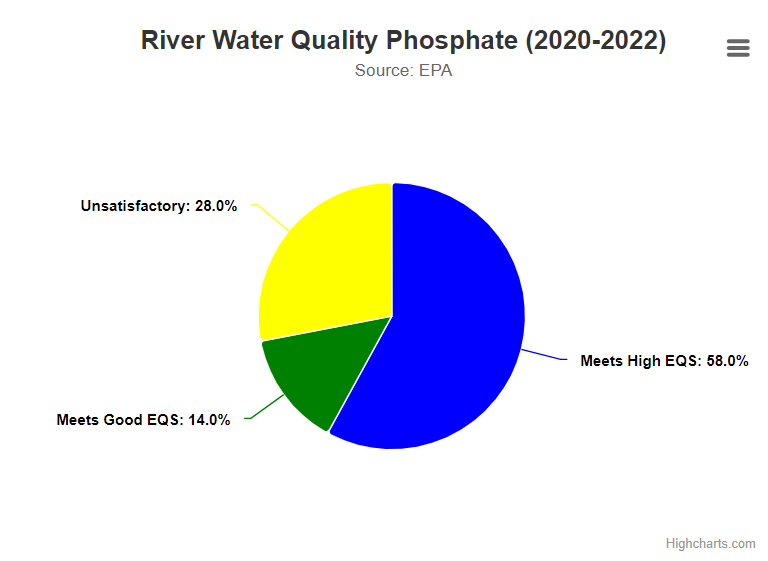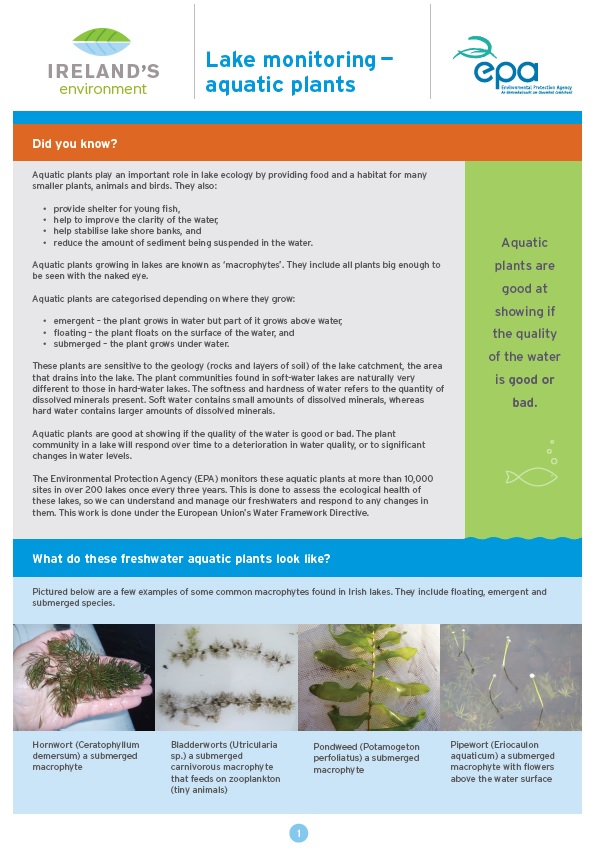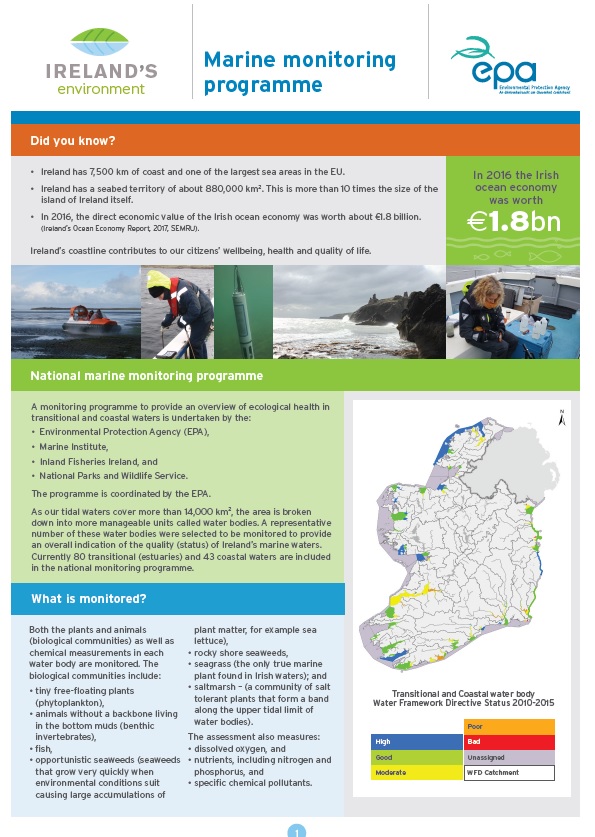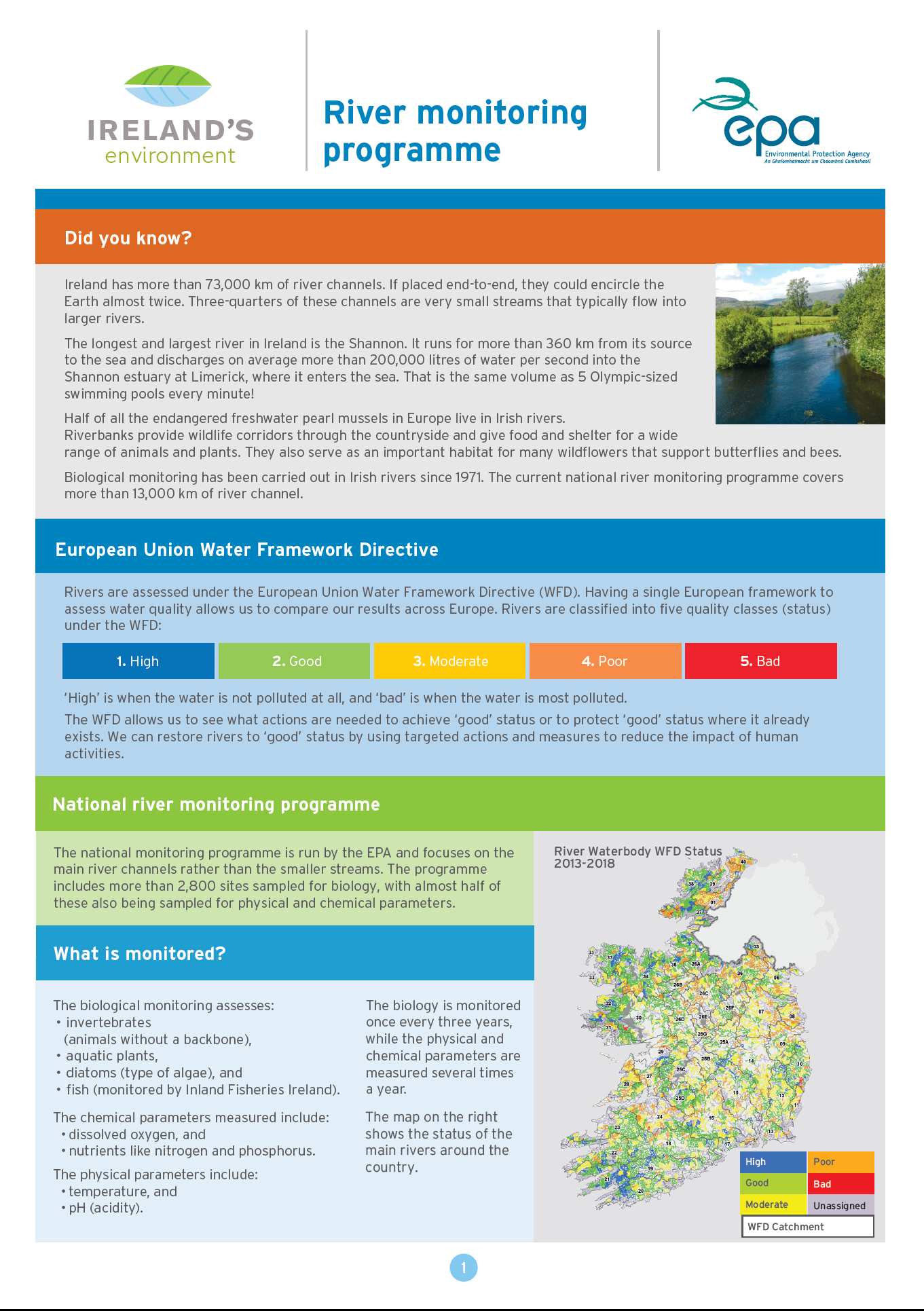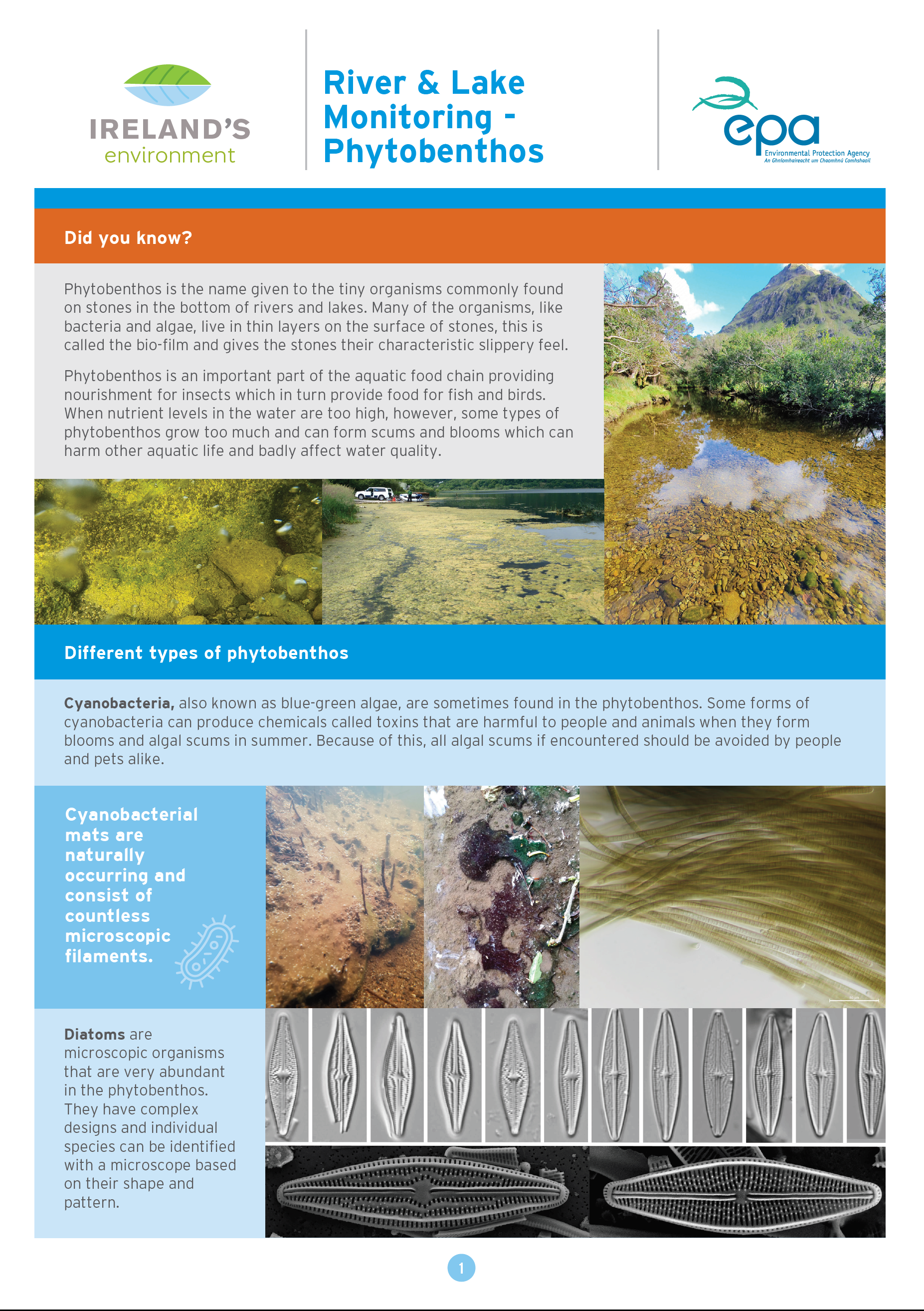Our surface waters and groundwaters continue to be under pressure from human activities. There has been no significant change in the biological quality of our rivers and lakes in 2022 and any improvements we are seeing are being offset by declines elsewhere.
Two-fifths of our river sites nationally are exhibiting high nitrogen concentrations and the rivers, groundwaters and estuaries in the south east are under particular pressure from excessive nitrogen coming from intensive agricultural activities over freely draining soils in these areas. Phosphorus concentrations are too high in over a quarter of our rivers and over one third of lakes and this is impacting on their biological quality.
The loads of nitrogen and phosphorus coming from our major rivers to our marine environment have been increasing since 2013 and are putting the water quality of our estuaries and coastal waters, particularly in the south east, under sustained pressure.
Overall nutrient levels remain too high in many water bodies and there is no indication that they are decreasing. We will not meet our water quality objectives unless, and until, we reduce the emissions of nitrogen and phosphorus to our waters.
The agriculture and waste water pressures causing this level of deterioration need to be addressed. This can be done by implementing the measures identified in Ireland’s national river basin management plan and by using existing knowledge to ensure that the right measure is being applied in the right place.
- Rivers
- Lakes
- Groundwater
- Transitional (estaurine) and coastal waters
- Ireland's marine environment
- European trends





